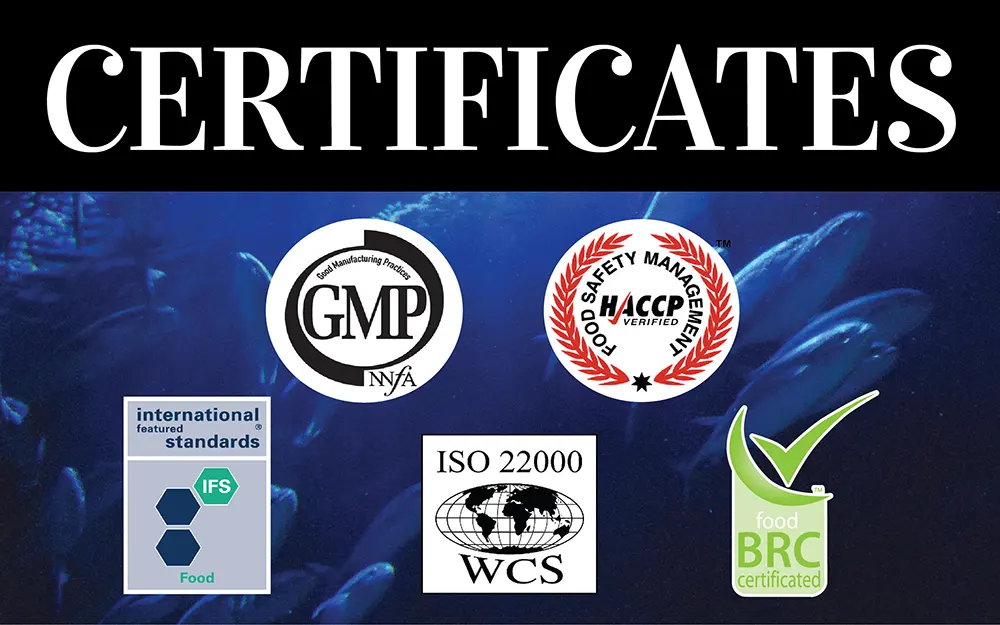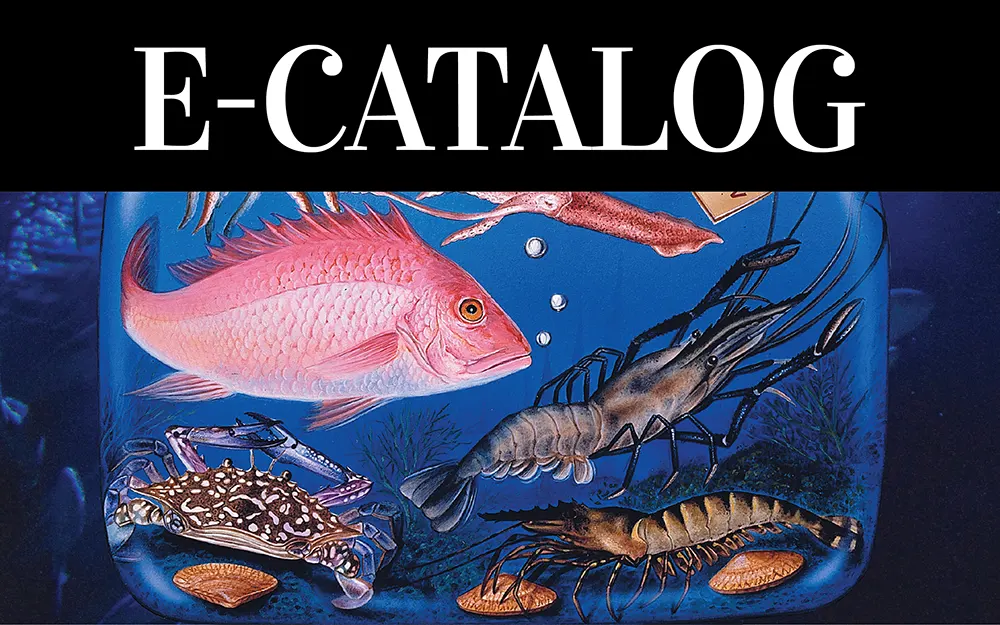Industry profile – James Gulkin : INFOFISH International

This article was first published in the INFOFISH International, Issue 1/2020 (January/February 2020).
Website: www.infofish.org
On a personal level, you have an interesting story to tell, having gone from being a backpacker and oil rig roughneck to founding and managing a company in 1987 with offices in Thailand, Vietnam, Myanmar, China, India and Indonesia, dealing with customers in over 70 countries, and described in the 2012 Intrafish Industry Report as “one of the world’s top 30 farmed shrimp suppliers as well as one of Asia’s top 40 seafood companies”. What were the deciding factors then that steered you into the business of marketing fishery products, and what were the main challenges you faced in setting up shop in Asia?
Frankly, there were no actual deciding factors as such. I wanted to leave the oilfield and find something different. To make a very long story short, I looked at many different opportunities and ultimately came to the conclusion that exporting food products from Thailand to overseas markets could be a viable business. I tried my hand at it, worked hard and managed to grow up a business starting with canned foods which later expanded to frozen seafood items and other food products. I was certainly lucky too. I was in the right place at the right time for the seafood industry and I was fortunate enough to be able to see its potential at the time. And I took it from there.
Over the past decades, you would have seen some interesting changes in the global trade of fishery products, away from the traditional view of Europe and the US as being the most important markets. For instance, we see China shooting to the top of the rankings list as an importer and exporter of fishery products, and the expansion of intra-Asian seafood markets. What do you think the seafood trade world map will look like this year, and a decade hence in 2030?
No question there is a quantum shift underway that in fact has been underway for some time. When I started the business, we were focused on shipping Asian products to North America and the EU, in addition to a few other scattered markets. This week we are having our annual Year End Meeting in Bangkok where our management and senior executives from our offices in Thailand, Vietnam, China, Indonesia, Myanmar, India, Poland and Argentina get together for a week of review, projections and brainstorming for the future. While we continue to grow our business to our traditional markets in western countries, we are putting more and more emphasis on increasing our sales into Asia. This is already happening with our meat division which is based in Poland. We ship meat products from North and South America as well as Europe and the vast majority of our sales go into Asia itself. We are putting more focus on our import/distribution companies in Thailand and China as well as stepping up our efforts to grow our direct sales to importers, processors, distributors, retailers and other end users throughout Asia. No question, Asia is where the growth will be.
Specifically referring to China within the context of the ongoing US-China trade war, and using the example of tilapia, now that the US has imposed another tariff hike from 25% to 30% on imports of US$200 billion worth of Chinese goods, what do you think will be the short and long-term consequences for the Chinese tilapia export industry?
A 25% or 30% tariff is unquestionably a game changer. For tilapia there are still no viable alternatives for CO processed fillets so even with the tariff, the business continues although the volumes are certainly impacted. Going forward, if the tariffs are to remain as they are, then other countries – Vietnam for example – may be looking more closely at developing this business.
Some analysts have in fact commented that the US-China trade war has not necessarily been a bad thing in that it has created new (and possibly long-term) opportunities for supplying countries to expand their market presence in China and the US. Businesses too, have had to adjust to the new realities. As a major importer-exporter, has Siam Canadian been impacted by the tit-for-tat moves by both the US and China?
Siam Canadian’s China export business has been affected but we are seeing some of the affected items, breaded shrimp for example being shifted to our offices in Vietnam and Indonesia. In the long term those countries, as well as India, will continue to grow their market share of this business.
Apart from the headquarters in Bangkok, Siam Canadian has offices in China, Vietnam, Indonesia, India, and Myanmar. Considering that Myanmar’s role is comparatively new in the international fishery trade, how would you describe the global market for its fishery products, particularly freshwater fish and prawn? How has your experience been thus far in accessing these international markets?
Myanmar has been extremely challenging as there has been a decided lack of investment in that country’s aquaculture sector. Myanmar’s seafood exports to countries other than China have actually been shrinking. Until substantial investment occurs, Myanmar’s export industry will be somewhat stagnant.
With the opening of the new Siam Canadian office in Argentina, you were reported as having said that the same business model that has made the company successful in Asia will be applied in South America. Could you elaborate on some key features of this business model which will be put into place to replicate the Asian experience? Once the Argentinian office is up and running (for example, exporting Ecuadorian shrimp to Asia), how will it affect your company’s intra-regional trade dealings in Asia?
The key features of the model are having people with the ability to source a wide range of products from multiple different processors in different locations and ship to our customer base worldwide. Having an office in South America adds tremendous opportunities for our group to import South American products into China as well as other Asian countries, export Asian products from our offices into South America and sell South American products within South America itself.
Most people would agree that farming is the best way to go in order to ensure stable supplies, without exerting pressure on wild stocks. Do you foresee a time when your company will invest in large-scale aquaculture?
Aquaculture is critical to feed a growing global population and reducing pressure on our oceans. We have no immediate plans ourselves at this time for investing in the actual farming side of the sector but I certainly wouldn’t rule it out in the future. Aquaculture is the future of food production and ultimately feeding this planet.
And on a final note, there is ongoing global dialogue on the role of businesses in contributing towards sustainability in the seafood industry. What are your thoughts on documents such as the FAO’s Guidance on Social Responsibility in Fisheries and Aquaculture Value Chains which outlines ways in which the private sector can contribute towards creating a socially responsible environment, especially for the smallscale sector?
We cannot afford to underestimate the importance of continuing to develop fully sustainable and socially responsible fisheries and aquaculture. Thinking must be long term. FAO plays a very important role with various stakeholders in promoting socially responsible and sustainable fisheries and aquaculture practices.



